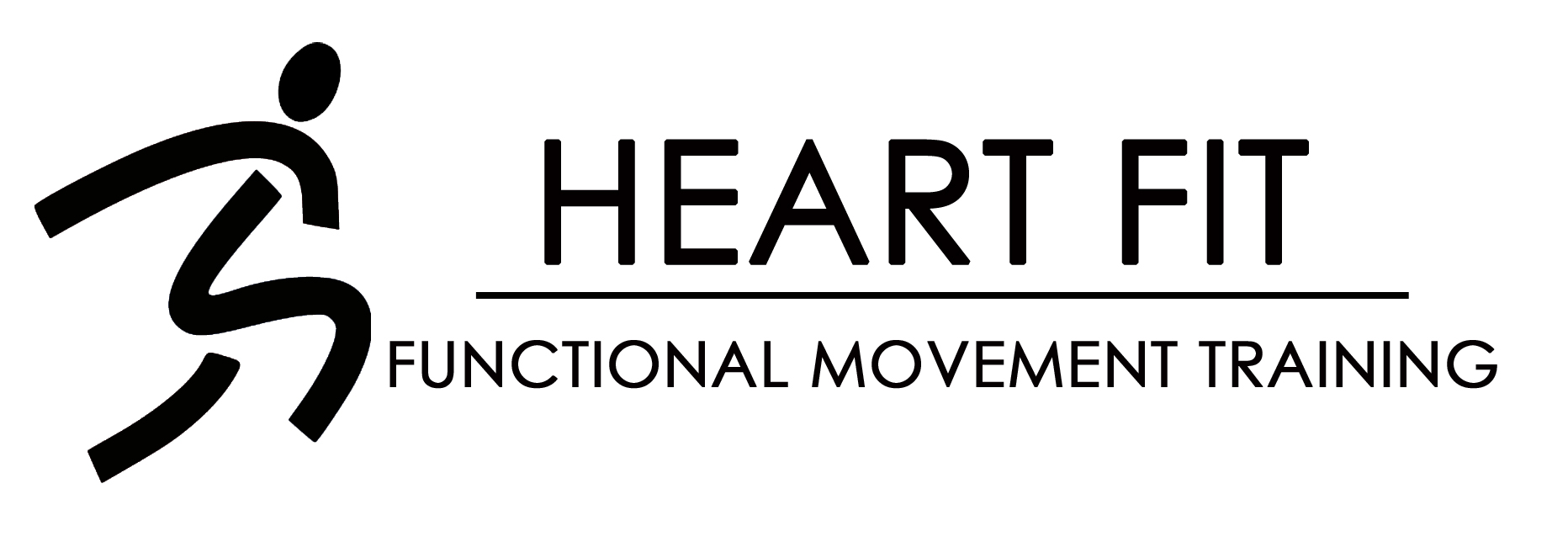Protect your back and avoid these everyday exercises
Two of the most common exercises that most people do on an everyday basis that will often lead to some kind of injury and are ineffective to start with are crunches and back squats. When it comes to the core, crunches (excessive flexion of the lumbar spine) are the most often used exercise and one of the most over-hyped target areas of the body, everyone thinks that we have to break a sweat and grind out these long ab workout sessions to make progress. If you feel like you are soft around the middle you need nutritional coaching, core training is not about weight loss. That lean waistline that you are looking to achieve comes from proper nutrition and has nothing to do with grinding out mindless crunches. Remember, the primary purpose of your core is to protect your spine from going into hyperextension, so please adapt and train it that way.
The reality is we are a sedentary population. An overwhelming majority of us sit, stare at the computer and drive too much. This makes our hips and thoracic spine (upper spine) extremely tight. In reality we want both our hips and thoracic spine to have full mobility. Many people start their morning work-out with abdominal crunches. These people do not realize that they are putting too much pressure on their lumbar spine and the more range of motion we ask from that area of the spine the more likely you are to throw your back out. You are essentially asking the lumbar spine to create range of motion and power that you don’t have when we should be getting it from our hips and thoracic spine. Most low back problems arise from the fact that we can’t move our hips independently of our lumbar spine. When you engage in physical activity after a long layoff please don’t adopt someone else’s core workout routine just because they have a lean waistline. Every individual is completely unique with his or hers own set of genetic traits, limitations and asymmetries.
Weighted back squatting is another dangerous and overrated exercise. When you put a weighted bar on your back you will have compression on your spine. Compressing the spine is not something you want to do; essentially squatting is a back exercise. Most people think that when they are doing a weighted back squat they are working the muscles of their lower body. In theory we are trying to work our glutes and legs when squatting but your back unfortunately is very bad at transferring force to the lower body and you end up using your back way too much! From a functional anatomy standpoint think about how you hold the bar, you have to externally rotate your shoulders to hold it properly on your back which will force you to put the lumbar spine into extension which is exactly what we don’t want to do. An overwhelmingly amount of people are unable to squat with their own body weight to begin with. They will essentially use the weight of the bar on their back as a springboard to push them through the range of motion, giving them the feeling that they have more strength than they actually do. Remember being fit is relative to each individual’s pursuit of goals and objectives, but your number one goal in any exercise program has to be injury prevention first and foremost.

